When shopping for knives, whether it's for kitchen use, outdoor hunting, or as creative personalized gifts, most consumers rarely consider the environmental implications of production. Knives are an essential tool, and their functionality extends across a variety of use cases, from chef knives & sets in culinary settings to more rugged options like hunting knives and pocket knives for outdoor enthusiasts. In this article, we’ll explore the different aspects of knife production and their environmental impact, encouraging informed purchasing decisions.
The Knife Production Lifecycle
The lifecycle of a knife from raw materials to consumption encompasses multiple stages that can considerably affect the environment:
- Raw Material Extraction
- Manufacturing Processes
- Distribution and Packaging
- Usage and Longevity
- End-of-Life Disposal
Raw Material Extraction
The primary materials used in knife production are typically high-carbon steel, stainless steel, and sometimes specialty alloys. The extraction of these metals has far-reaching environmental consequences:
- Mining Impact: Mining operations disrupt land ecosystems, resulting in habitat destruction and biodiversity loss.
- Water Pollution: Chemical runoff from mining sites can pollute local waterways, affecting aquatic life.
- Energy Consumption: The extraction and processing of metals require significant energy, contributing to carbon emissions.
Manufacturing Processes
Once raw materials are sourced, the manufacturing process begins. This phase alone can generate considerable waste and pollution:
- Energy Usage: The manufacturing of knives, especially folding knives, requires substantial energy, often from non-renewable sources.
- Waste Generation: Fabricating knives can yield scrap metal and other by-products that require responsible disposal.
- Chemical Emissions: Some manufacturing processes involve chemicals that can harm the environment if not properly managed.
The Role of Designers and Craftsmen
Craftsmanship plays a vital role in the environmental footprint of knives. Artisan producers often practice sustainability by using eco-friendly materials and energy-efficient techniques. They may also engage in:
- Using Recycled Materials: Some artisans incorporate recycled metals to minimize the demand for new resources.
- Local Sourcing: Sourcing materials locally reduces transportation emissions, benefiting the atmosphere.
- Minimal Waste Techniques: By designing knives with minimal waste in mind, craftsmen reduce scrap generated during production.
Long-Life Products
Choosing well-made knives, such as chef knives & sets, can lead to less frequent replacements, thereby lowering the overall environmental impact. Higher quality knives last longer and require less intensive manufacturing compared to disposable or lower-quality alternatives.
The Distribution and Packaging Dilemma
Once manufactured, knives are packaged and shipped to various locations. This stage presents additional environmental challenges:
- Transportation Emissions: The logistics of transporting knives add to carbon footprints, especially if items are shipped internationally.
- Packing Materials: Excessive use of non-recyclable packing materials contributes to landfill waste.
Eco-friendly Packaging Solutions
Some brands adopt sustainable practices by utilizing biodegradable packaging or minimizing excess materials. They might also use recycled cardboard and other eco-friendly supplies to share their commitment to sustainability.
The Importance of Usage and Longevity
As consumers, how we use and maintain our knives also influences their environmental impact. Purchasing durable knives such as those designed for serious home chefs or avid outdoorsmen helps diminish the environmental footprint:
- Regular Maintenance: Proper care prolongs the life of knives, requiring fewer replacements and reducing the demand for new product manufacturing.
- Sharpening Instead of Replacing: Keeping your knives sharp helps retain their effectiveness, decreasing the likelihood of purchasing new ones.
Suitable Cleaning Practices
The way knives are cleaned also matters. Avoiding harsh chemicals and opting for natural cleaning solutions minimizes environmental damage and promotes sustainability.
End-of-Life Considerations
After a knife has served its purpose, what happens next? Responsible disposal is a key aspect of the environmental impact:
- Recycling: Metal components can often be recycled, lowering the demand for new materials.
- Upcycling: Some consumers creatively repurpose old knives into art or functional tools, minimizing waste.
- Disposal Practices: It’s essential to consider disposal options that respect the environment, avoiding landfills when possible.
Consumer Responsibility
As thoughtful consumers, we must actively contribute to reducing the environmental impact through informed decisions when buying knives. Opting for brands that align with sustainable practices—such as those utilizing recycled materials or local craftsmanship—can promote responsible consumption.
Reinforcing Sustainability in Knife Production
Many knife producers understand the growing demand for sustainable practices in their production methods, such as:
- Adopting Green Manufacturing Practices: Innovative technologies and methods are decreasing ecological footprints. For example, companies are turning to renewable energy sources in manufacturing facilities.
- Transparency in Sourcing: Reputable brands share information related to their material sourcing and production processes, displaying accountability.
- Education and Community Engagement: Some brands invest in educational initiatives to raise awareness about sustainability among consumers.
A Call for Action
In conclusion, understanding the environmental impact of knife production encourages more sustainable consumer habits. As we seek exceptional tools in our kitchens or sturdy hunting knives for outdoor adventures, let’s embrace the responsibility of making eco-conscious purchases.
Your choices matter. When looking for durable knives or unique personalized gifts, remember to prioritize brands that are committed to minimizing their ecological footprint. By doing so, you become an active participant in creating a sustainable future for generations to come. Together, we can slice through the haze of ignorance surrounding knife production and make better choices for our planet!
Embark on a journey through the Shopify store of another user. Click here to visit their store. Please note that this is a promotional link, and we do not guarantee the content of the linked store.








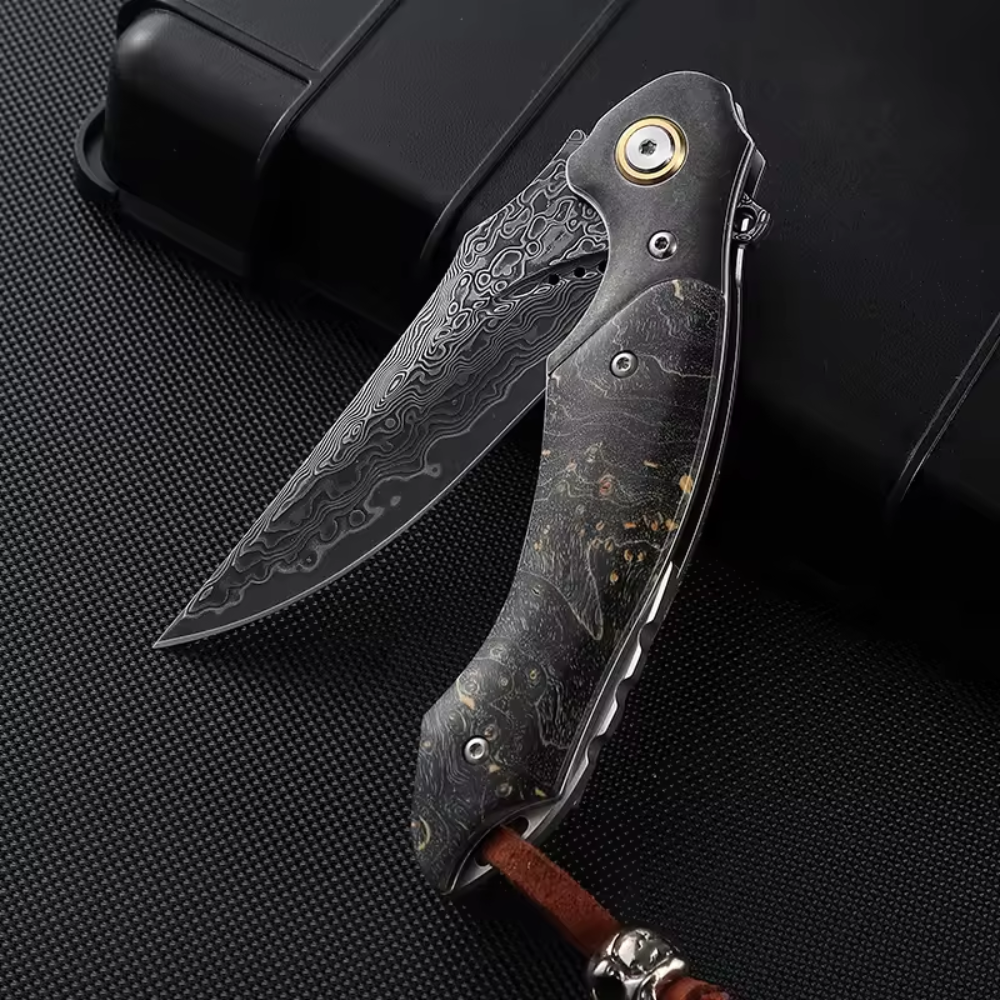
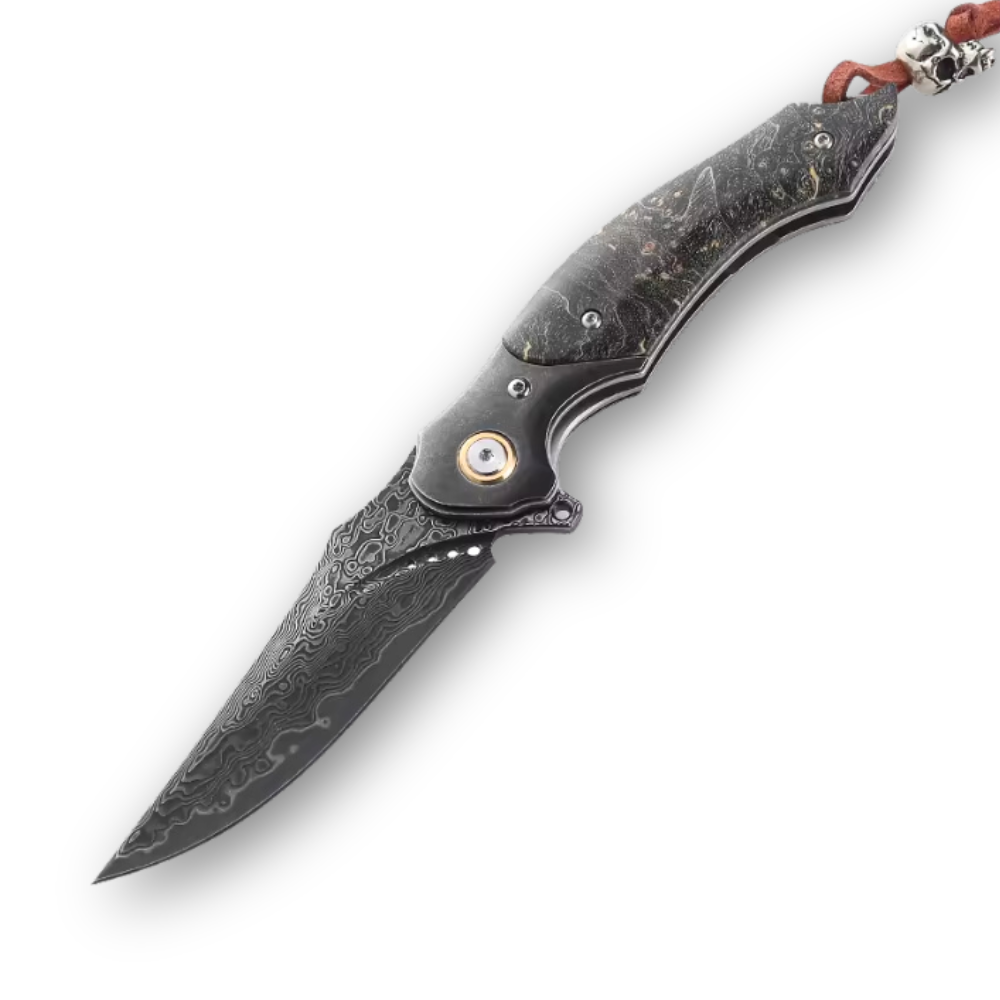
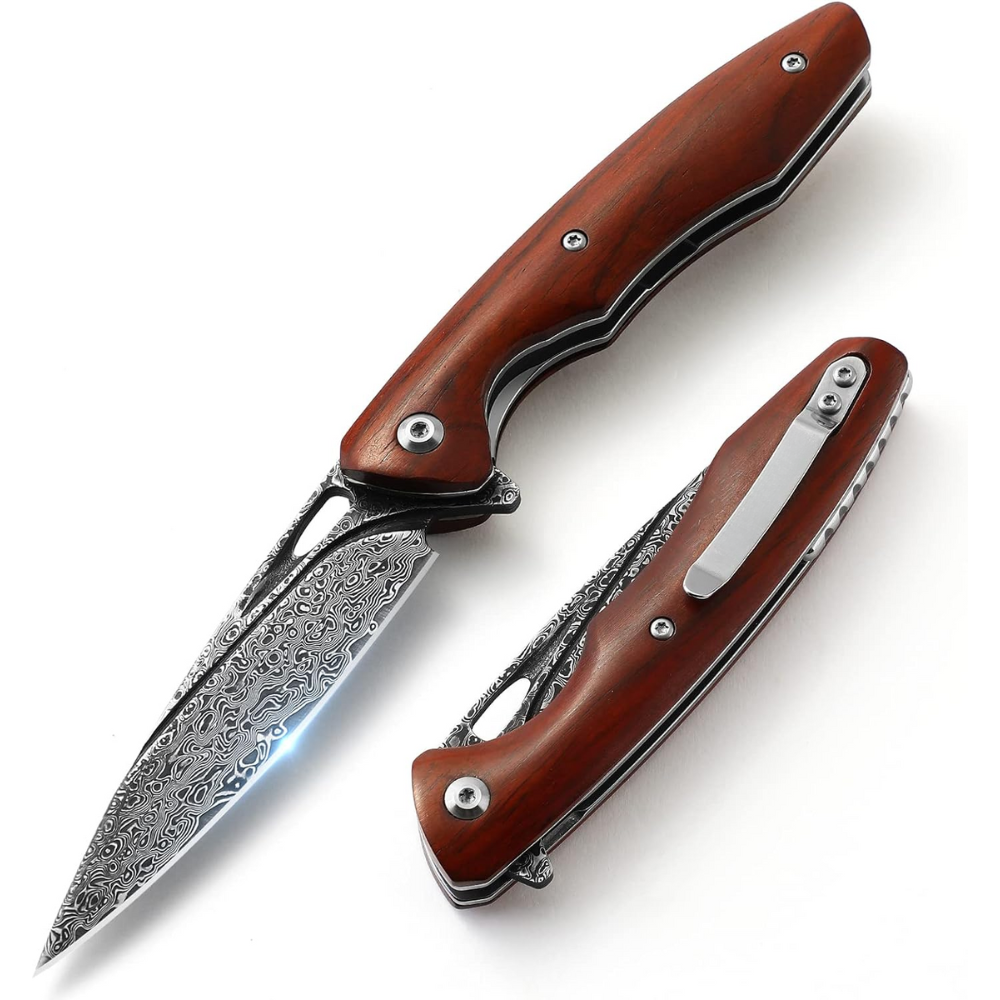
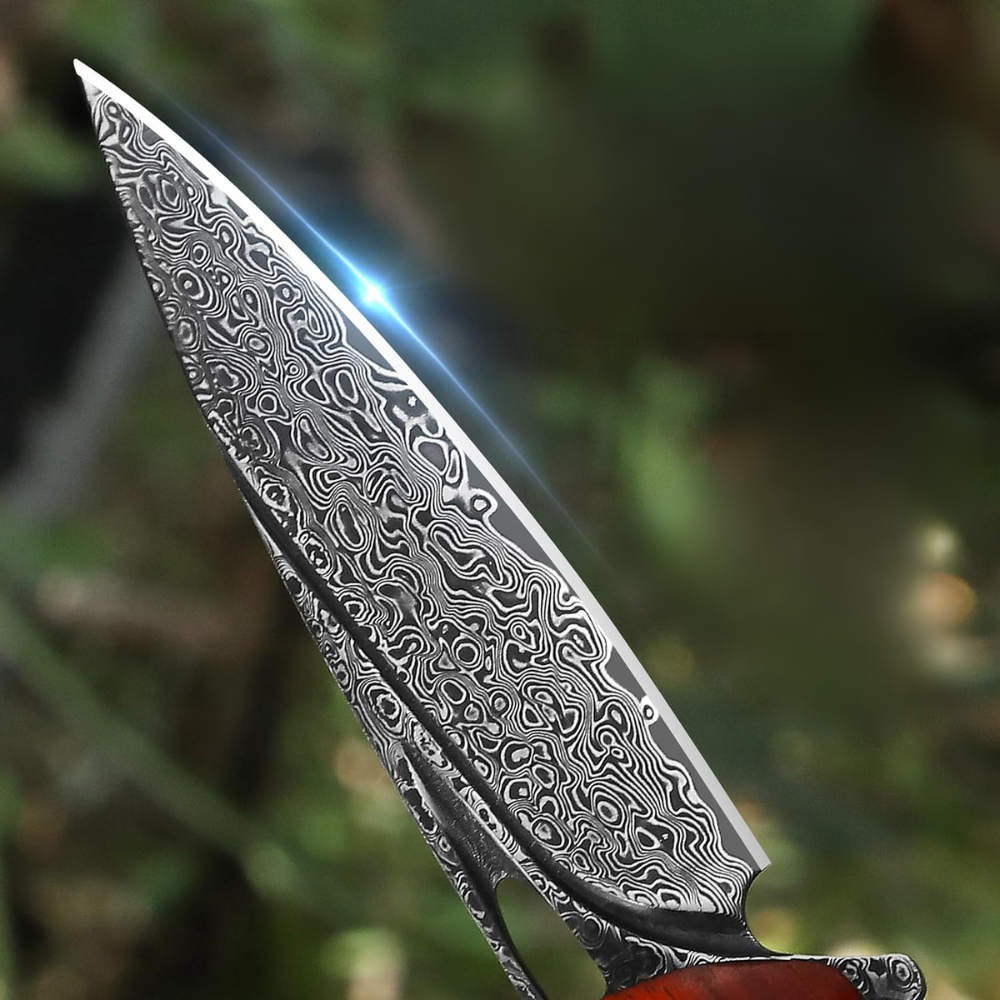








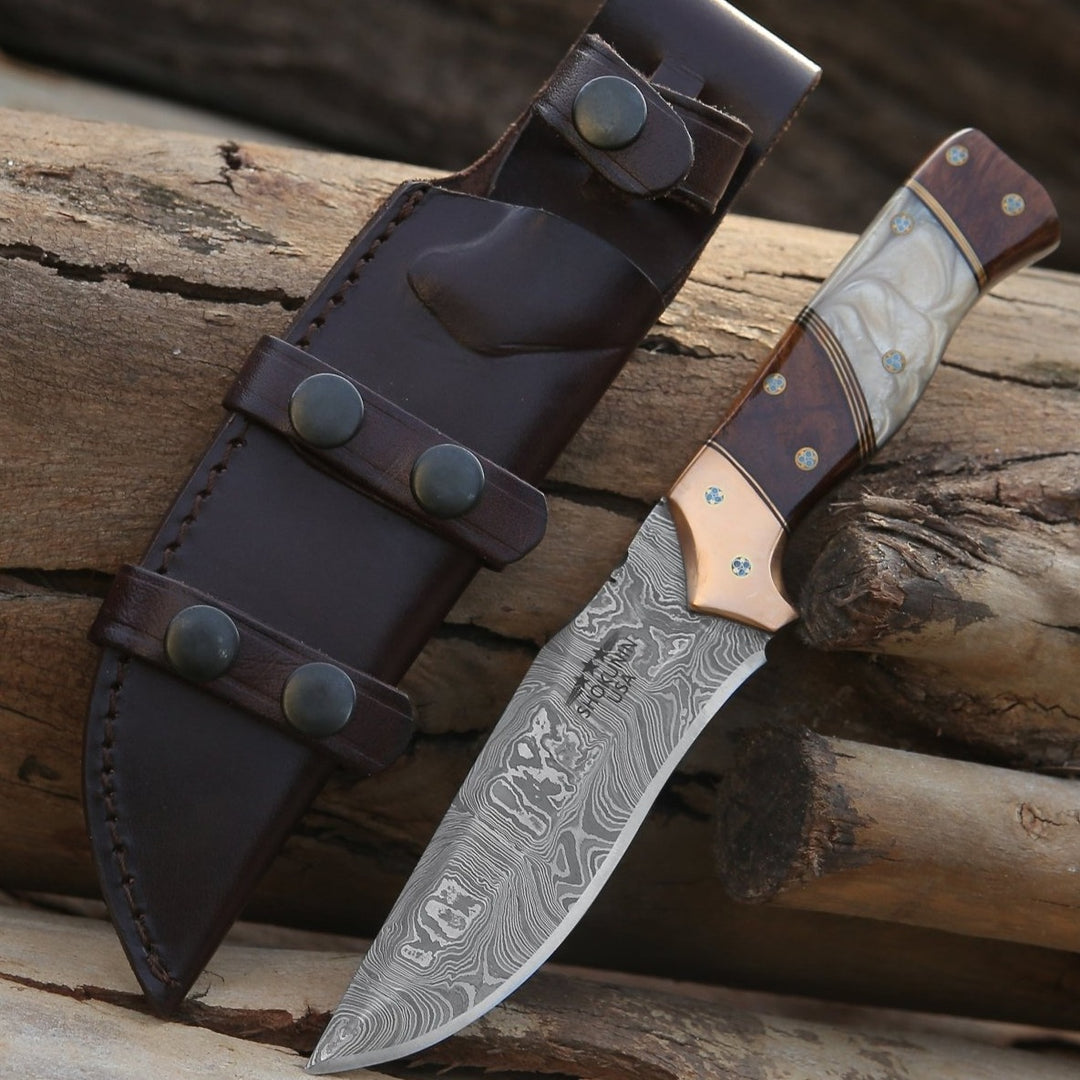
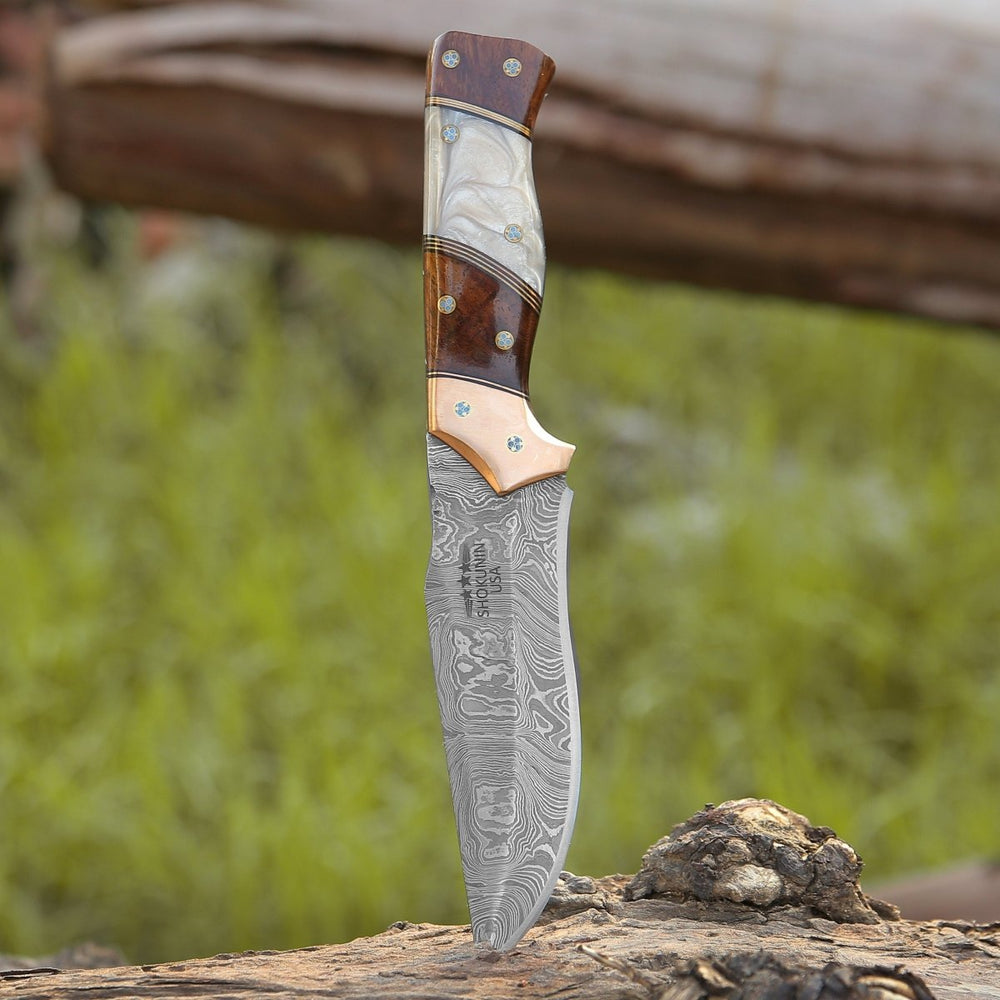


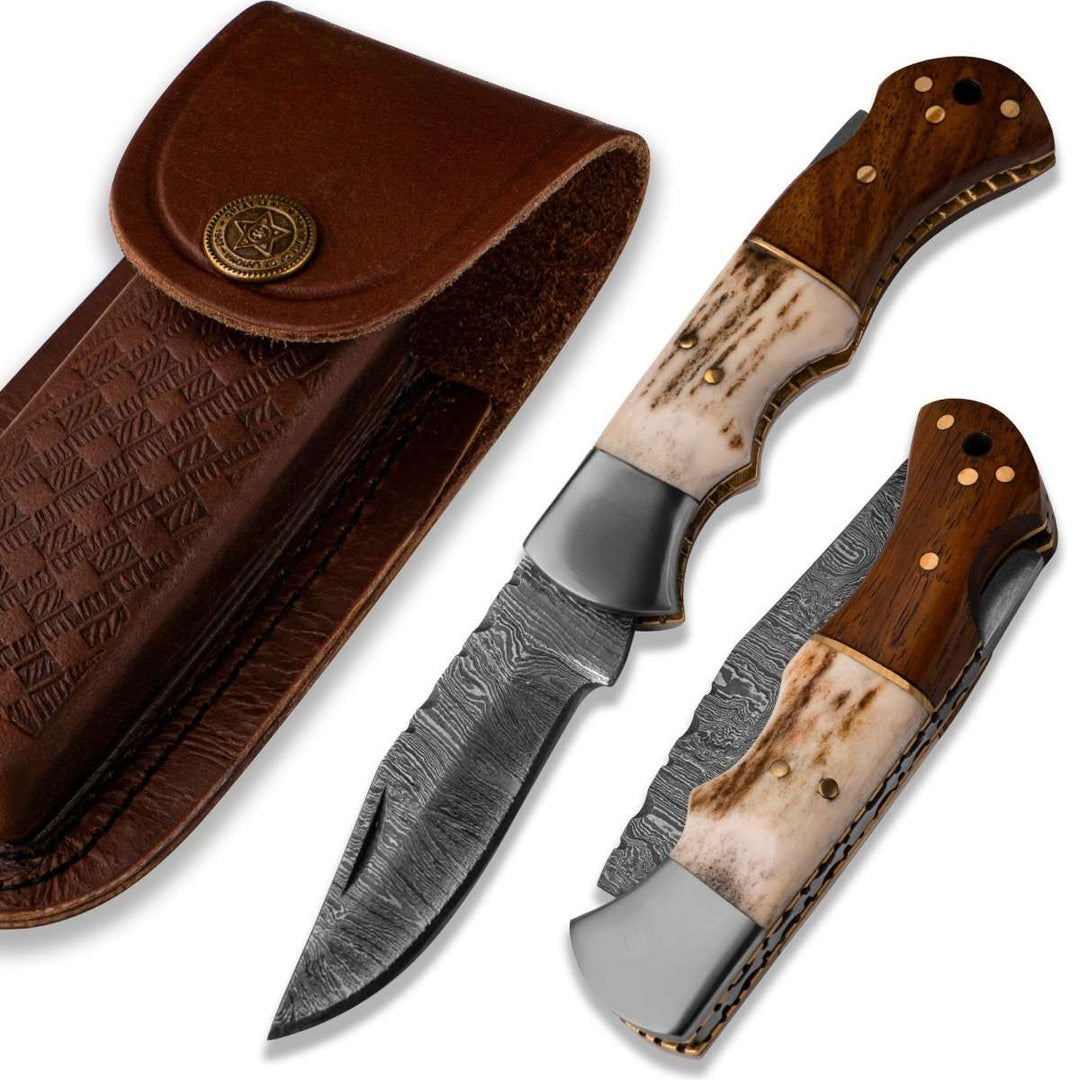
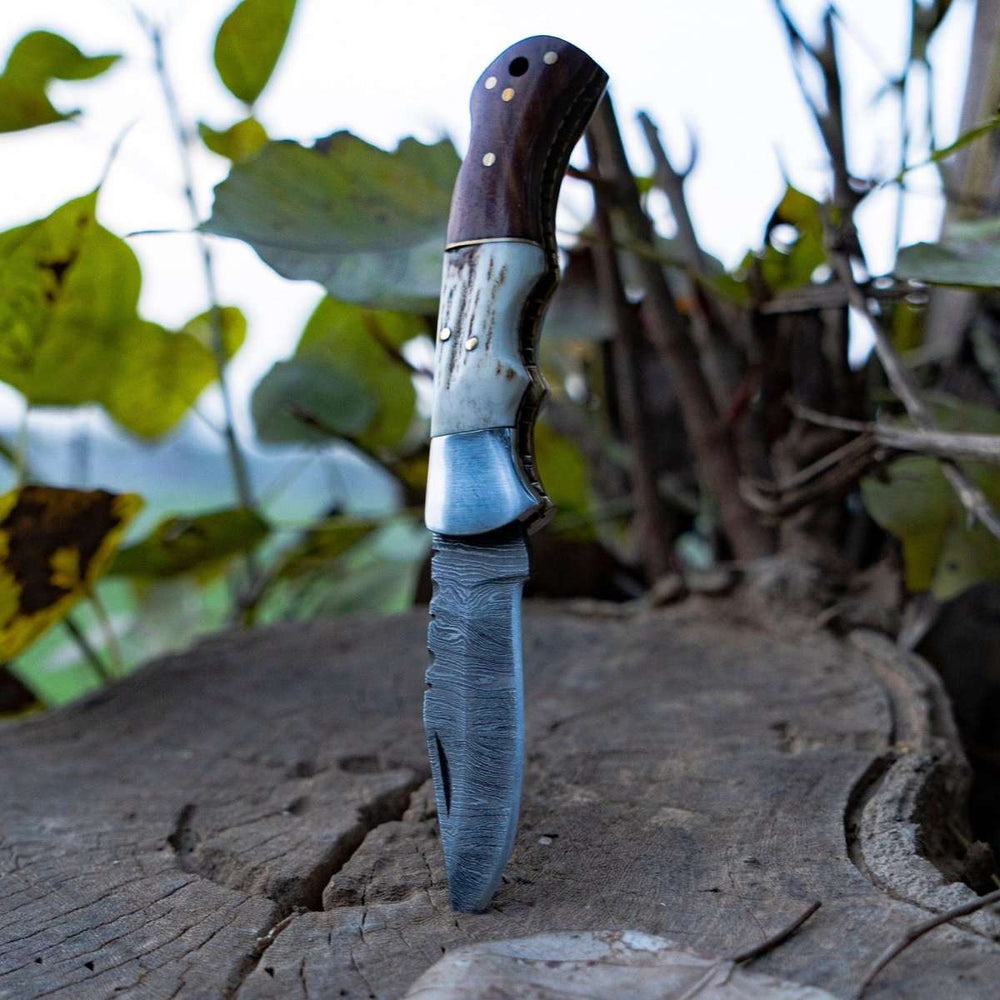




Leave a comment